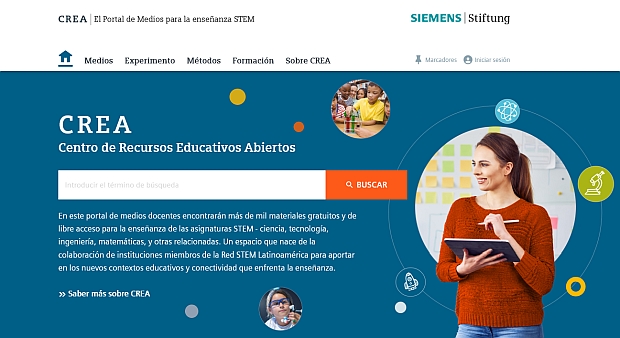Phase transition due to pressure
Interaktiv
Simulation:
The state of a substance depends not only on the temperature but also on the pressure. An example of this is skating on ice.
Medientyp:
Interaktiv (797,0 kByte)
Letzte Aktualisierung:
25.06.2021
Lizenz:

Dieses Medium steht unter einer CC BY-SA 4.0 international Lizenz.
Was bedeutet das?
So verweisen Sie auf das Medium

Dieses Medium steht unter einer CC BY-SA 4.0 international Lizenz.
Was bedeutet das?
So verweisen Sie auf das Medium
Beschreibung:
Ice skaters concentrate their body weight on a very small surface (2 thin blades). The resulting pressure (= force per surface area) liquefies the ice of the top layer. At microscopic level, this means that the water molecules are separated from their atomic binding partners inside the ice. The resulting thin film of water enables the skater to glide over the ice. The simulation shows this effect.
The whole process is augmented by a temperature effect: The sliding friction of the blades on the ice results in a very small amount of heating, which allows the ice to melt even more readily.
Information and ideas:
Ice researchers still do not always agree absolutely in which cases pressure is the dominant effect when skating on ice and in which cases friction. Scientific studies are still being carried out on this subject.
Assignment: Students should explain the melting process due to pressure using the p-T diagram.
The whole process is augmented by a temperature effect: The sliding friction of the blades on the ice results in a very small amount of heating, which allows the ice to melt even more readily.
Information and ideas:
Ice researchers still do not always agree absolutely in which cases pressure is the dominant effect when skating on ice and in which cases friction. Scientific studies are still being carried out on this subject.
Assignment: Students should explain the melting process due to pressure using the p-T diagram.
Lernobjekttyp:
Simulation
Fächer:
Chemistry; Physics
Klassenstufen:
Grade 7 to 9; Grade 10 to 13
Schultypen:
Middle/high school
Stichworte:
Molecule; State of aggregation; Molecular structure (chemistry); Phase transition; State of aggregation
Bibliographie:
Siemens Stiftung Media Portal
Urheber/Produzent:
MediaHouse GmbH
Rechteinhaber:
© Siemens Stiftung 2021



